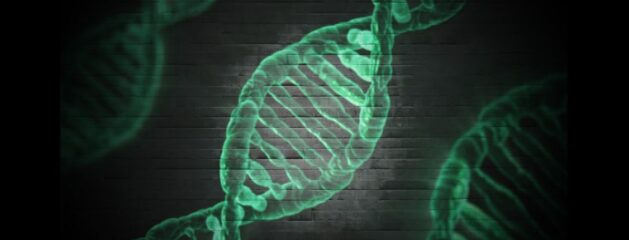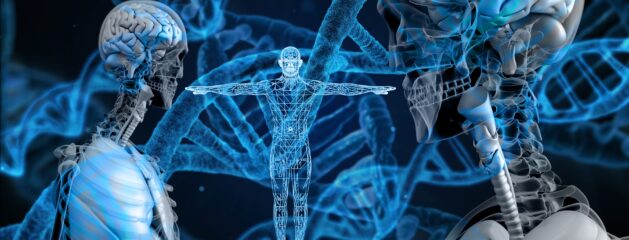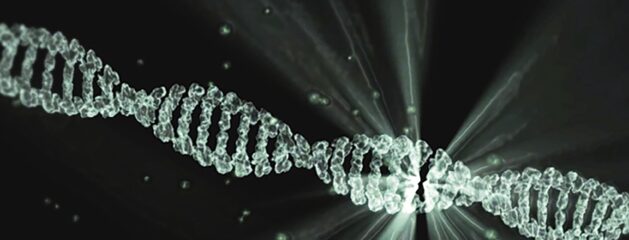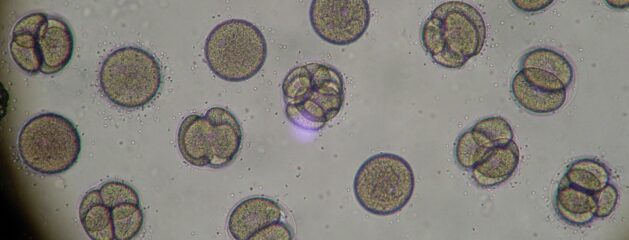Former hard-nosed English Atheist philosopher Antony Flew abandoned Atheism/materialism because of the growing evidence for such design in living things. He said: “It now seems to me that the findings of more than fifty years of DNA research have provided materials for a new and enormously powerful argument to design.” This research “has shown, by the almost unbelievable complexity of the arrangements which are needed to produce (life), that intelligence must have...
Read MoreAn Honest Atheist!










